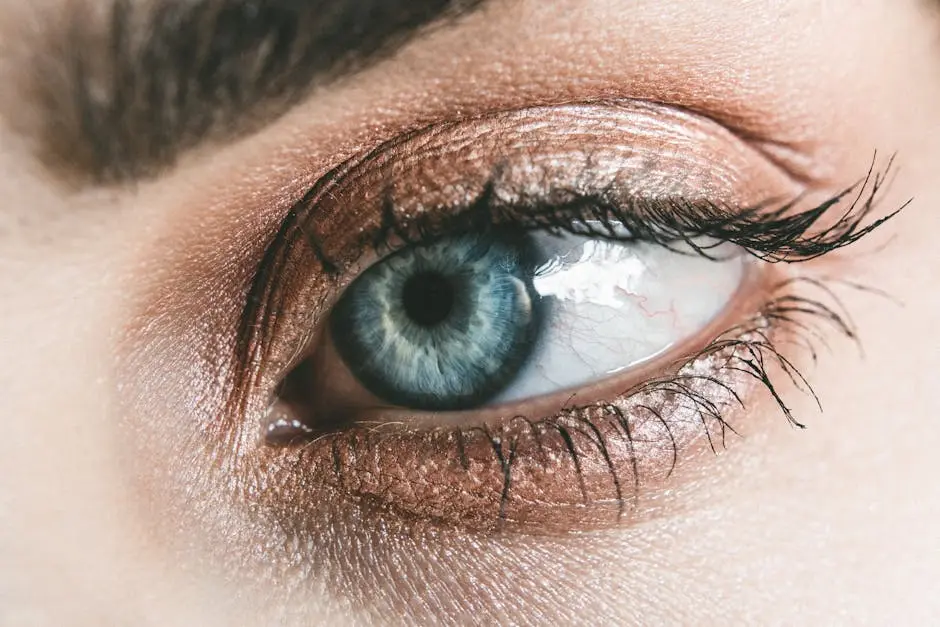Understanding plastic surgery can sometimes feel overwhelming, especially with the many different types and procedures available. One specific procedure, blepharoplasty, stands out for its unique focus on the eyes and surrounding areas. In this blog, we’ll explore how blepharoplasty differs from other plastic surgery options, providing you with clear insights to help you make informed decisions about your options.
What is Blepharoplasty?
Blepharoplasty is a surgical procedure focused on the eyelids, designed to remove excess skin, fat, and muscle to improve the appearance of the eyes. This section will delve into the specifics of what the surgery involves.
During a blepharoplasty, a surgeon carefully makes incisions along the natural folds of the eyelids. This technique helps to ensure minimal visible scarring. Once the incisions are made, excess skin and fat may be removed, giving your eyes a rejuvenated look.
One of the remarkable aspects of blepharoplasty is its ability to address both aesthetic and functional concerns. For those with drooping eyelids that obstruct vision, this surgery can genuinely enhance quality of life. Besides the visual benefits, patients often report feeling more refreshed and youthful.
Blepharoplasty doesn’t just focus on the top eyelids; it also addresses the lower eyelids, eliminating bags under the eyes and reducing puffiness. This means that many patients can achieve a more alert and energetic appearance compared to how they looked prior to the procedure.
Comparing Blepharoplasty to Facelifts
While both blepharoplasty and facelifts are popular cosmetic surgeries, they target different areas and issues. Here, we will look at the primary differences in approach, recovery, and results.
Facelifts aim to tighten the skin on the lower part of the face and neck, addressing sagging skin and deep wrinkles. In contrast, blepharoplasty zeroes in on the eyelids, focusing on rejuvenating the eyes. Therefore, if your primary concern is around the eyes, blepharoplasty may be the more suitable choice.
Another difference lies in recovery time and techniques. Facelifts generally involve more extensive surgery, which can lead to longer downtime. On the other hand, recovery from blepharoplasty is often quicker, with patients typically returning to normal activities in a few days.
It’s essential to consider your personal aesthetic goals when weighing these options. If your appearance concerns are primarily around facial contouring and skin elasticity, a facelift may be your preferred route. In contrast, if you feel that your eyelids make you appear tired or older, blepharoplasty could be the better fit.
Blepharoplasty vs. Eyelid Lifts
This section will clarify the terms and explain how eyelid lifts relate to blepharoplasty, including what each entails and in what situations each might be preferred.
The term ‘eyelid lift’ can sometimes be used interchangeably with blepharoplasty, but it’s essential to understand the nuances. While blepharoplasty is a specific surgical procedure, eyelid lifts can refer to different techniques that may not always involve surgery.
For instance, some non-surgical eyelid lifts utilize injectable fillers or thread lifts to achieve a more youthful look without going under the knife. When choosing between these options, the degree of correction needed and longevity of results are vital factors to consider.
If you’re looking for a permanent solution, blepharoplasty is a more reliable option since it physically alters the eyelid structure. Conversely, if you’re unsure about going through surgery or have minor concerns, an eyelid lift could serve as a less invasive alternative.
Functional Benefits of Blepharoplasty
Not only is blepharoplasty about aesthetics; it can also have practical benefits. We will explore how this procedure can improve vision and overall eye function.
Many individuals with drooping eyelids may find their vision obstructed, particularly in their peripheral vision. This is where blepharoplasty steps in not just as a cosmetic enhancement but also as a functional procedure that can restore clarity to one’s sight.
After surgery, patients often report a significant improvement in their ability to see, alongside feeling more confident in their appearances. It’s like getting a double benefit, both functional and aesthetic. This makes consulting with a skilled surgeon imperative to ensure the best possible outcome.
Recovery Comparison: Blepharoplasty and Other Surgeries
Recovery varies between different types of surgeries. Here, we will discuss what to expect during recovery from blepharoplasty compared to other plastic surgery options.
Typically, blepharoplasty recovery is relatively smooth, with most patients experiencing noticeable swelling and bruising that gradually subsides within a week. Many can return to normal routines in less than two weeks, a stark contrast to more invasive surgeries like facelifts, where recovery can exceed several weeks.
Patients are often given detailed aftercare instructions to manage discomfort and ensure proper healing. Ice packs can be your best friend during this time, helping to reduce swelling while promoting comfort.
It’s essential to follow your surgeon’s post-operative care plan to minimize risks and enhance recovery outcomes. For those considering a surgical procedure, understanding the timeline of recovery can greatly influence your decision-making process.
Final Thoughts on Blepharoplasty vs. Other Procedures
In summary, blepharoplasty is a specialized form of plastic surgery with distinct goals and techniques that set it apart from other procedures. Whether you’re considering it for cosmetic reasons or to address functional issues, understanding these differences can empower you in your journey. Always consult with a qualified professional to discuss your specific needs and options.





